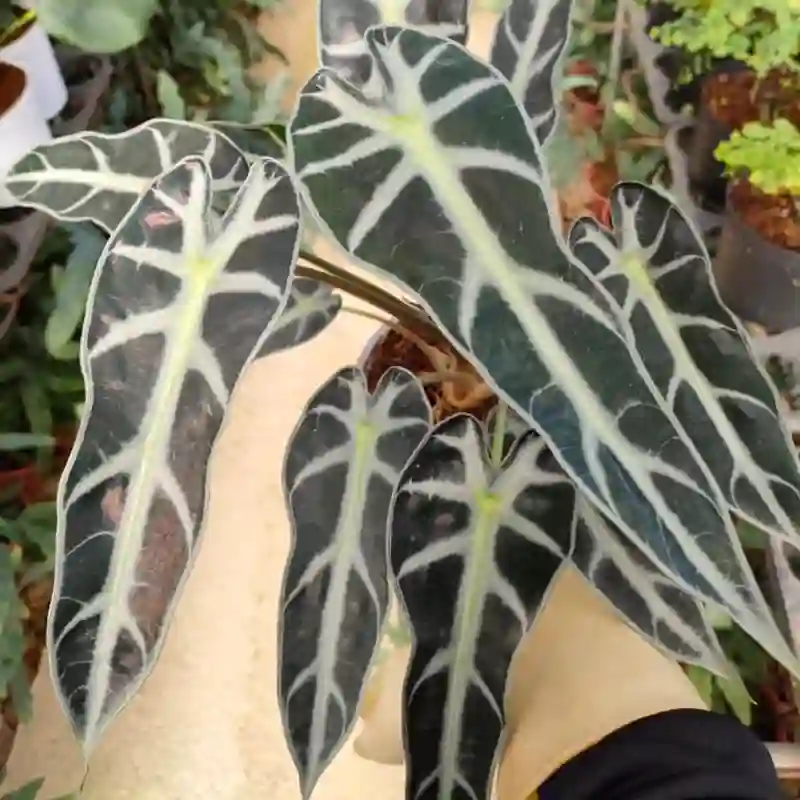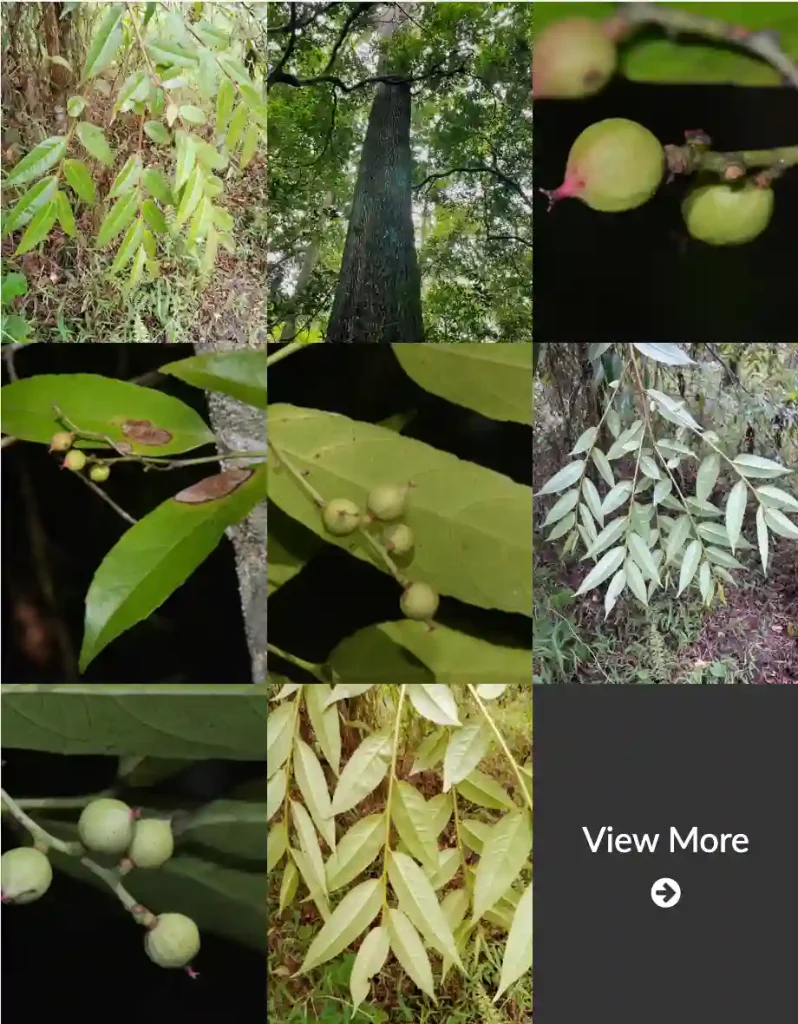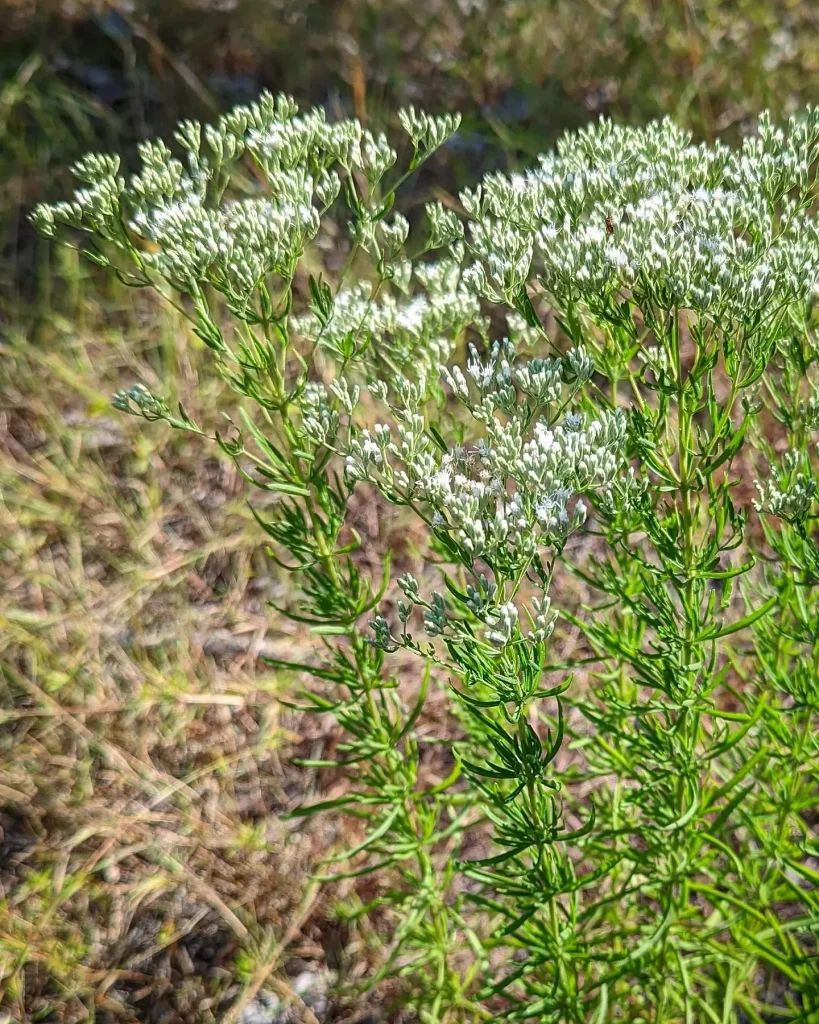
Swamp Milkweed vs Common Milkweed
In my garden, Swamp Milkweed’s delicate pink blooms seem to attract more monarchs than the larger, rougher flowers of Common Milkweed.
Swamp Milkweed vs Joe Pye Weed
Between Swamp Milkweed and Joe Pye Weed, I find Swamp Milkweed’s slender foliage fits better in tighter spaces, while Joe Pye Weed’s tall, stately presence dominates my landscape.
209 Species in Genus Asclepias
Swamp Milkweed vs Butterfly Milkweed
I adore how Swamp Milkweed’s subtle pinks and purples contrast beautifully with the vibrant orange of Butterfly Milkweed, creating a stunning color palette in my garden.
How to grow Asclepias incarnata?
Asclepias incarnata, also known as Swamp Milkweed, is a beautiful flowering plant that attracts butterflies, especially Monarch butterflies, making it a great addition to a wildlife garden. Here’s a guide on how to grow it:
Planting:
- Timing: Asclepias incarnata prefers cold stratification, a natural process that mimics winter conditions. You can achieve this in two ways:
- Fall Planting: Ideally, plant seeds outdoors in fall (late fall in some regions) after the first frost. This allows seeds to experience cold temperatures over winter and germinate in spring.
- Spring Planting: If fall planting isn’t possible, you can mimic cold stratification by placing seeds in a moist paper towel in a sealed plastic bag and refrigerating them for 6-8 weeks before sowing indoors or outdoors in early spring.
- Location: Swamp Milkweed prefers full sun to partial shade. It thrives in moist soil conditions and can tolerate wet meadows, rain gardens, or areas along streams. While adaptable, avoid planting it in dry, sandy soil.
- Sowing: Sow seeds directly into prepared soil outdoors or in pots. There’s no need to bury them deeply, just lightly press them into the soil surface.
Care:
- Watering: Keep the soil consistently moist, especially during the first growing season. Once established, Asclepias incarnata is fairly drought tolerant.
- Fertilizer: Generally, fertilizer is not necessary. However, if your soil is poor, you can provide a light application of a balanced fertilizer in spring.
- Deadheading: Deadheading spent flowers is not required but can encourage additional blooms throughout the season.
Additional Tips:
- Asclepias incarnata is a slow grower in its first year. Be patient and allow it to establish its root system.
- The plant is deer resistant and attracts various pollinators like butterflies and bees.
- You can propagate Asclepias incarnata by collecting seeds from mature pods in the fall. Let the pods dry naturally and split open before collecting the fluffy seeds with attached parachutes.
Is Asclepias incarnata invasive?
In my experience, Asclepias incarnata isn’t invasive if managed properly. However, it does spread through rhizomes and self-seeding. I’ve found it easy to control by removing unwanted seedlings and dividing clumps every few years. By keeping it in check, I’ve maintained a balanced garden ecosystem while still enjoying its beauty and benefits.
How to germinate Asclepias incarnata?
Germinating Asclepias incarnata seeds can be a rewarding experience. I’ve found that stratification, mimicking winter conditions, helps break seed dormancy. I achieved this by placing seeds in a moist paper towel inside a plastic bag and refrigerating them for a few weeks before planting. This method increased germination rates and resulted in robust seedlings.
How to grow Asclepias incarnata indoors?
Growing Asclepias incarnata indoors can be challenging but feasible with the right conditions. I’ve successfully grown them indoors by providing ample sunlight through a south-facing window or using grow lights. Additionally, ensuring proper air circulation and avoiding overwatering are essential to prevent issues like damping off.
Is Asclepias incarnata a perennial?
Yes, Asclepias incarnata is a perennial plant, which means it returns year after year. This aspect of its growth cycle adds to its appeal in the garden, providing reliable beauty and habitat for pollinators.
Is Asclepias incarnata good for monarchs?
Asclepias incarnata is excellent for monarch butterflies as it serves as a host plant for their larvae. I’ve witnessed firsthand the joy of seeing monarch caterpillars munching on the leaves and later witnessing the transformation into beautiful butterflies. It’s incredibly rewarding to contribute to monarch conservation efforts by simply growing this plant in my garden.
When do I plant Asclepias incarnata seeds?
I’ve found that planting Asclepias incarnata seeds in the spring after the last frost yields the best results. This timing allows the seeds to germinate and establish before the heat of summer arrives. I’ve had success with this approach, resulting in healthy plants that bloom reliably during the summer months.
Where to buy Asclepias incarnata?
I’ve purchased Asclepias incarnata seeds and plants from various sources, including local nurseries, online retailers specializing in native plants, and botanical gardens. It’s essential to ensure that the source is reputable and offers plants that are sustainably grown and free from pesticides. By supporting responsible suppliers, I can confidently add these plants to my garden while contributing to conservation efforts.
Will Asclepias incarnata grow in region 9?
Asclepias incarnata can grow in USDA hardiness zone 9, but it may require some extra care to thrive in hotter climates. Providing afternoon shade and regular watering during dry spells can help alleviate stress on the plants. Additionally, selecting native cultivars adapted to the region’s conditions can improve success rates. I’ve seen successful growth of Asclepias incarnata in zone 9 gardens with these considerations in mind.
If i die, water my plants!



